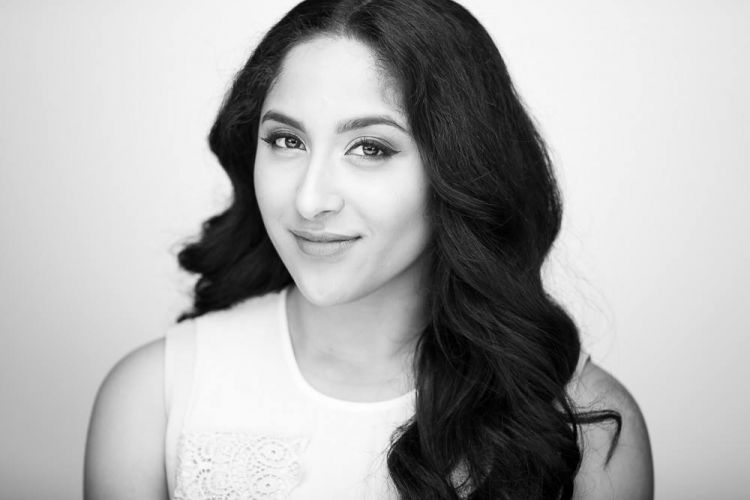
Head angles are a crucial element in portrait photography, as they have a significant impact on the overall composition and tone of the image. By adjusting the position of the subject’s head and the camera angle, photographers can create a range of effects that convey different emotions, moods, and messages.
The most common head angles in portrait photography are head-on, profile, three-quarter, looking up, and looking down. Each of these angles has a distinct impact on the viewer and can be used to achieve specific objectives. In a previous article, we covered How to Find the Right Angle for Your Face, and in this guide, we’ll take a step back and examine how head angles affect the overall image.
Choosing the Right Head Angles in Photography
When choosing head angles, photographers must consider a range of factors, including the subject’s facial features and unique characteristics, body type and posture, and the intended use of the photograph. By considering these factors and experimenting with different head angles, photographers can create striking and memorable portraits that convey a range of emotions and messages.
Head On Head Angle

A head-on angle, for example, creates a sense of intimacy and connection between the subject and the viewer, as direct eye contact is established. This angle is particularly effective for conveying confidence, trustworthiness, and approachability.
Profile Head Angle

A profile angle, on the other hand, emphasizes the subject’s features and contours, creating a sense of elegance and sophistication. This angle is often used for formal portraits or to highlight a subject’s unique features, such as a prominent nose or jawline.
Three-Quarter Head Angle

A three-quarter angle strikes a balance between intimacy and perspective, creating a sense of depth and dimension in the image. This angle is particularly effective for capturing movement, as it allows the subject to turn their head or body slightly to create a sense of motion.
Looking Down

Looking down angles are particularly powerful, as they can convey a sense of mystery or dominance. In general, looking down at the camera with eye contact can create a sense of empowerment and authority, while looking down without eye contact creates a sense of humility or mystery. These angles are often used in fashion or editorial photography to create a sense of drama or tension.
Head Angle Case Studies
Now that we have a general idea of the basic concepts of head angles, let’s review a few case studies in different genres of photography to help drill down the theory.
Head Angles with Couples Portraits

Few things can diminish intimacy and create uncomfortable spaces between couples as swiftly and boldly as badly positioned head angles. To ensure your couple looks like they like each other, if that is indeed the goal, be sure to tilt their heads straight up or toward one another, sometimes to the point of touching, and avoid tilting them apart.
Head Angles with Fitness Portraits
With fitness photography, the head on angle is effective in showcasing strength and confidence. In the image above, notice how the “head on” angle gives the subject an intense, dominating feel over the scene.

The image above showcases the same concept, with the expression, pose and head angle all matching the intense, fully engaged mood of the image.
Head Angles with Commercial Portraits

With stylized portraits or commercial portraits, such as the image above, the three quarter head angle is great for keeping the image soft and drawing attention to the wardrobe and environment. A head on angle may feel too intense or direct, and a side profile would potentially angle the body in a way that doesn’t showcase the wardrobe.
Conclusion
In conclusion, head angles are a crucial element in portrait photography, as they can significantly impact the overall composition and tone of the image. By understanding the different effects that head angles can create and experimenting with different techniques, photographers can create dynamic and engaging portraits that convey a range of emotions and messages.





Get Connected!